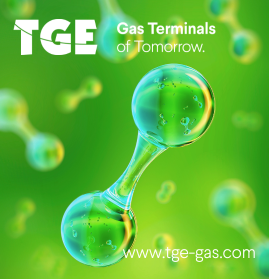Around the world today, the storage of liquid fuels and other petrochemicals in enormous volumes is no easy task. For starters, it’s imperative that the storage facilities involved are operating within established specifications and that their as-built designs match original blueprints.
One of the ways to ensure this, is through a piping and instrumentation diagram, or P&ID – an essential compliance document that identifies all process equipment and how these physical assets work together as part of a mechanised process. Think of a liquid fuel/petrochemical storage facility as a living, breathing entity. And the P&ID is the roadmap for how its innards function and how these disparate physical parts work and fit together.
Traditionally such diagrams were generated via manual measurement necessitating a team of surveyors measuring a facility’s static and non-static assets by hand. The work involved significant health and safety risks such as working at height, trips and slips, to hazardous substances ranging from general exposure to bird droppings (guano), with associated time and budget implications. To accomplish these tasks measuring tape, pens, pencils, clipboards and a significant amount of personnel hours were all required.
Now this cumbersome process has evolved in the form of 3D laser scanning and its related software applications. Last summer, UK-based digital twin surveying specialist, Advanced 3D Laser Solutions Group (A3D), in cooperation with its US partner HTS Advanced Solutions, 3D laser scanned a large liquid storage terminal in Houston, Texas specifically with the goal to generate more accurate and more precise 2D P&IDs from 3D scan data. To successfully achieve this task, the companies relied on two FARO® Focus Laser Scanners and FARO SCENE Software.
The Houston facility, part of the Americas division of the Netherlands-based Royal Vopak, the world’s leading independent tank storage company, boasts a storage capacity of 1.2 million cubic metres spread out across 243 tanks. Located at the head of the Buffalo Bayou with access to Galveston Bay and the Gulf of Mexico, the nearly 2km long storage complex stores biofuels, chemicals, petroleum products, base oils and lubricants. In addition to barge and vessel, the facility is also accessible via truck and rail – transit points that according to at least one oil industry consultant – have given the city its reputation as the Grand Central Station of the South.
Vopak had already retained a company to perform manual surveying of its storage terminal, but had grown concerned the partially finished project would take 2-3 years to complete. Such a timeline was incompatible with concurrent business initiatives and so they sought out A3D, in partnership with its US subcontractor to complete the 3D laser survey.
For more information visit www.vopak.com













